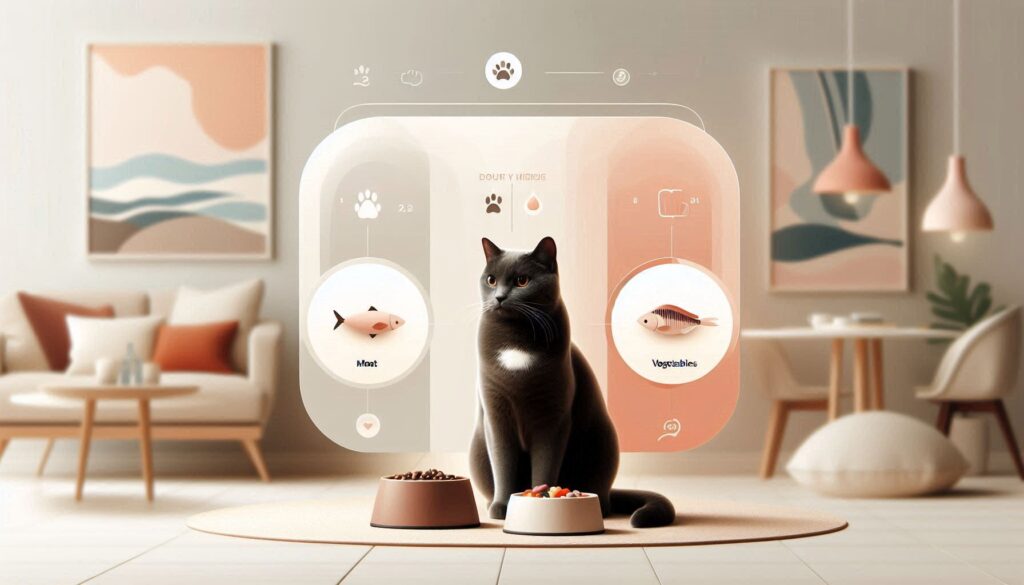A Detailed Guide to the Dry Matter Calculator

How the Dry Matter Calculator Works
When it comes to understanding our feline friends, knowing their age in human years can provide valuable insights into their health, behavior, and life stage.
Formula Used for Cat Age Calculation
The dry matter calculator focuses on removing water content from pet food to analyze the actual amounts of protein, fat, fiber, and other nutrients. Pet food can vary greatly in moisture levels, especially between wet and dry food, which affects how the nutrients are calculated. Here’s the basic formula used. To find the dry matter percentage of a specific nutrient (e.g., protein):
Nutrient Dry Matter(%) = Nutrient Content(%) / (1 − (Moisture Content(%) / 100) )
This allows us to compare more accurately the true nutritional content of different pet foods.
Why Is The Dry Matter Content Important?
- Comparing Different Foods: Pet foods can vary greatly in moisture content, especially between wet and dry foods. Using the dry matter calculator allows you to accurately compare the nutritional value of different types of food.
- More Accurate Nutrient Analysis: Water content can distort the perceived amount of nutrients in pet food. Calculating the dry matter basis eliminates this issue, giving you a clearer picture of how much protein, fat, fiber, and other nutrients your pet is consuming.
- Better Dietary Choices: Understanding the actual nutrient content helps you select food that meets your pet’s specific nutritional needs, whether it’s high-protein food for an active cat or lower-calorie food for a senior pet.
Frequently Asked Questions
Kibble, or dry cat food, typically contains around 6-10% moisture. Since dry food is processed to remove most of the water content, it has a much lower moisture level compared to wet food. This makes kibble more shelf-stable but less hydrating for cats.
Cats, being obligate carnivores, are naturally adapted to get most of their moisture from their prey. Ideally, a cat’s food should contain at least 70-80% moisture to mimic the moisture content found in natural prey, as cats are not inclined to drink water frequently. Wet food often provides this level of hydration, while kibble may not meet their full hydration needs, requiring additional water intake.
Moisture content affects the texture and form of the food but not necessarily the quality. However, foods with higher moisture are often more palatable for pets and can aid in hydration, while dry foods have a longer shelf life and are convenient to store.
Yes, the calculation works across all types of pet food, whether it’s dry, wet, or raw. The key difference is the starting moisture content, which varies based on the type of food.
Join the Purr-Club!
Get our latest updates, tips and advice, cat health articles, and more.